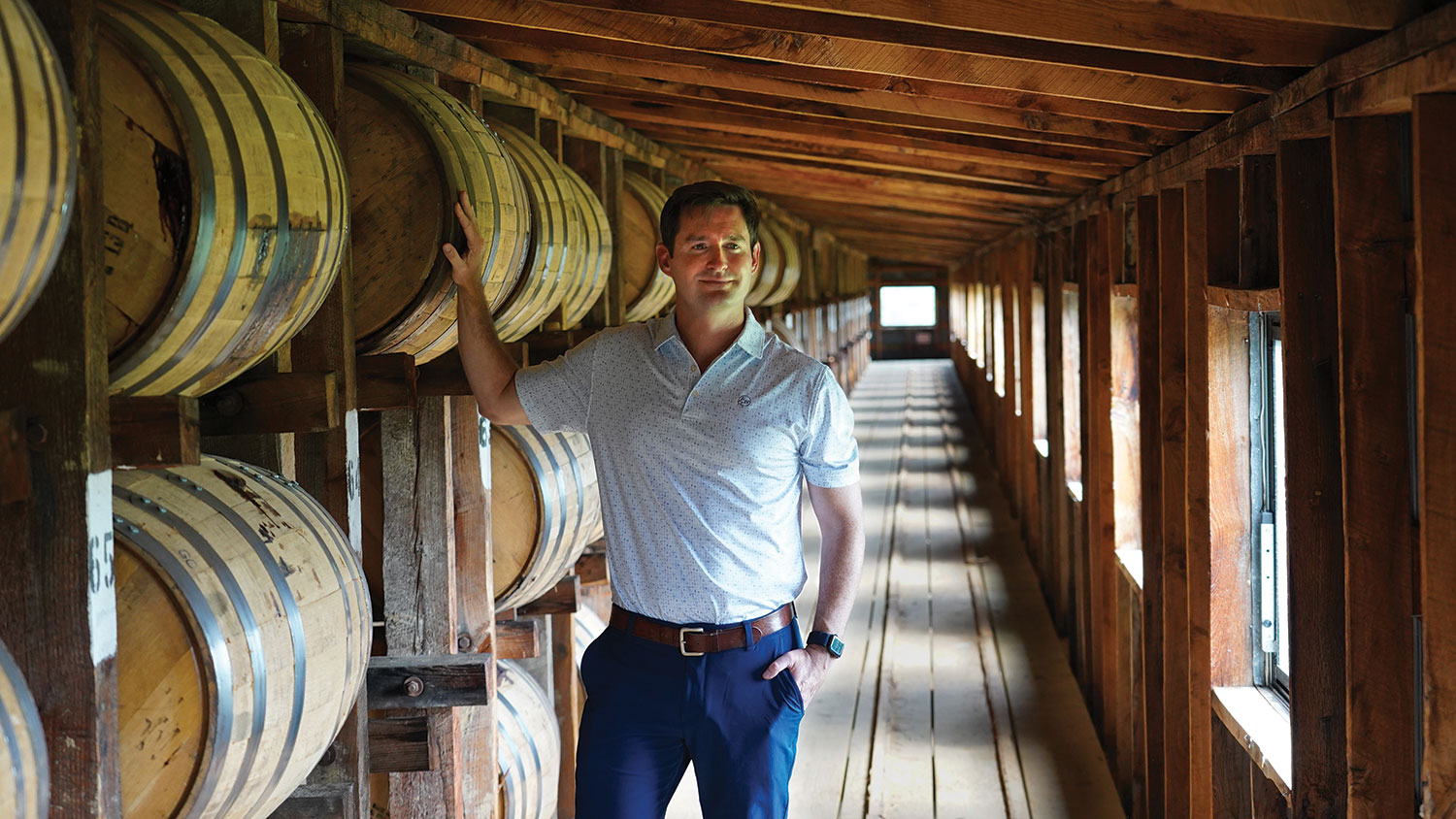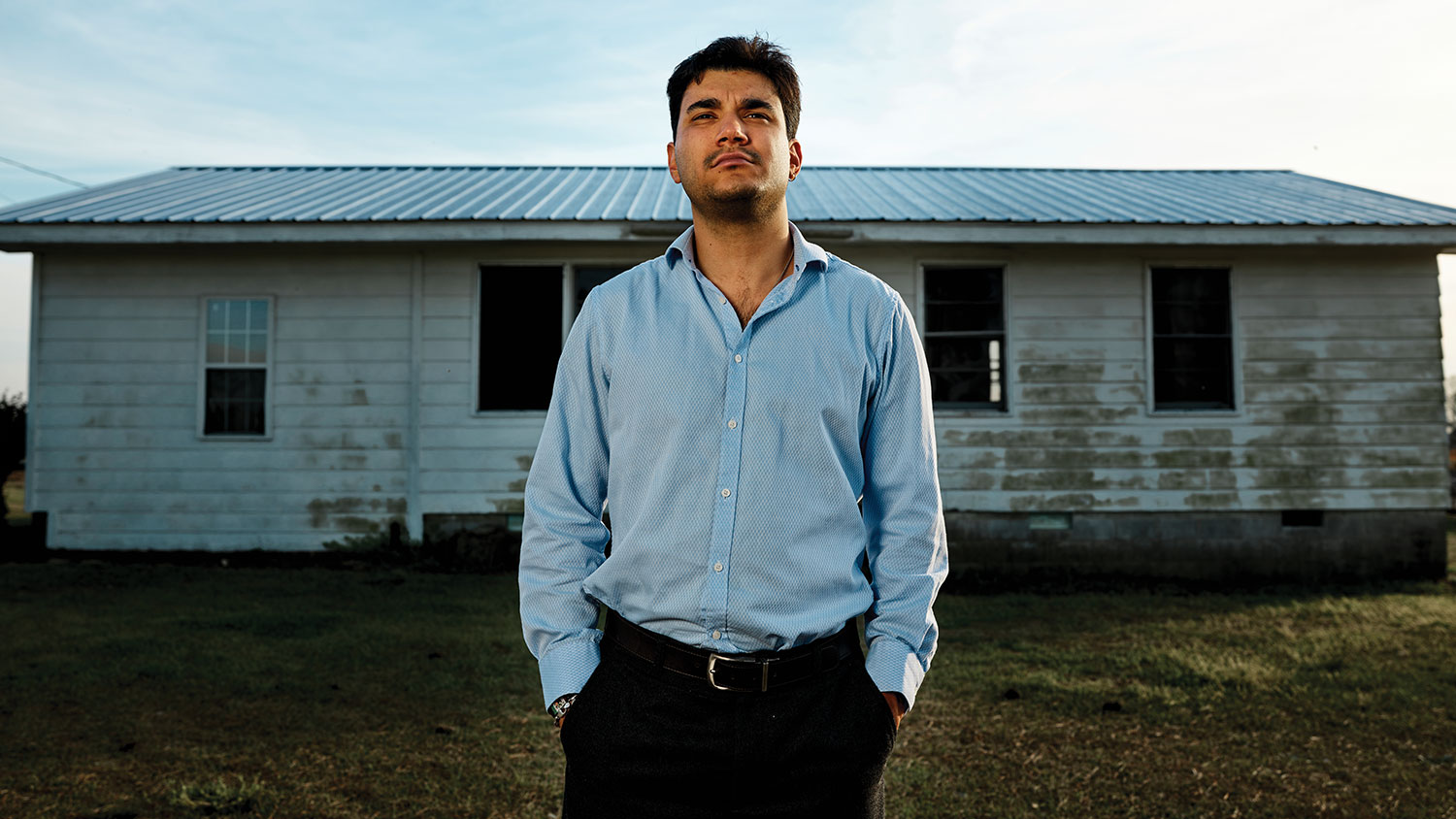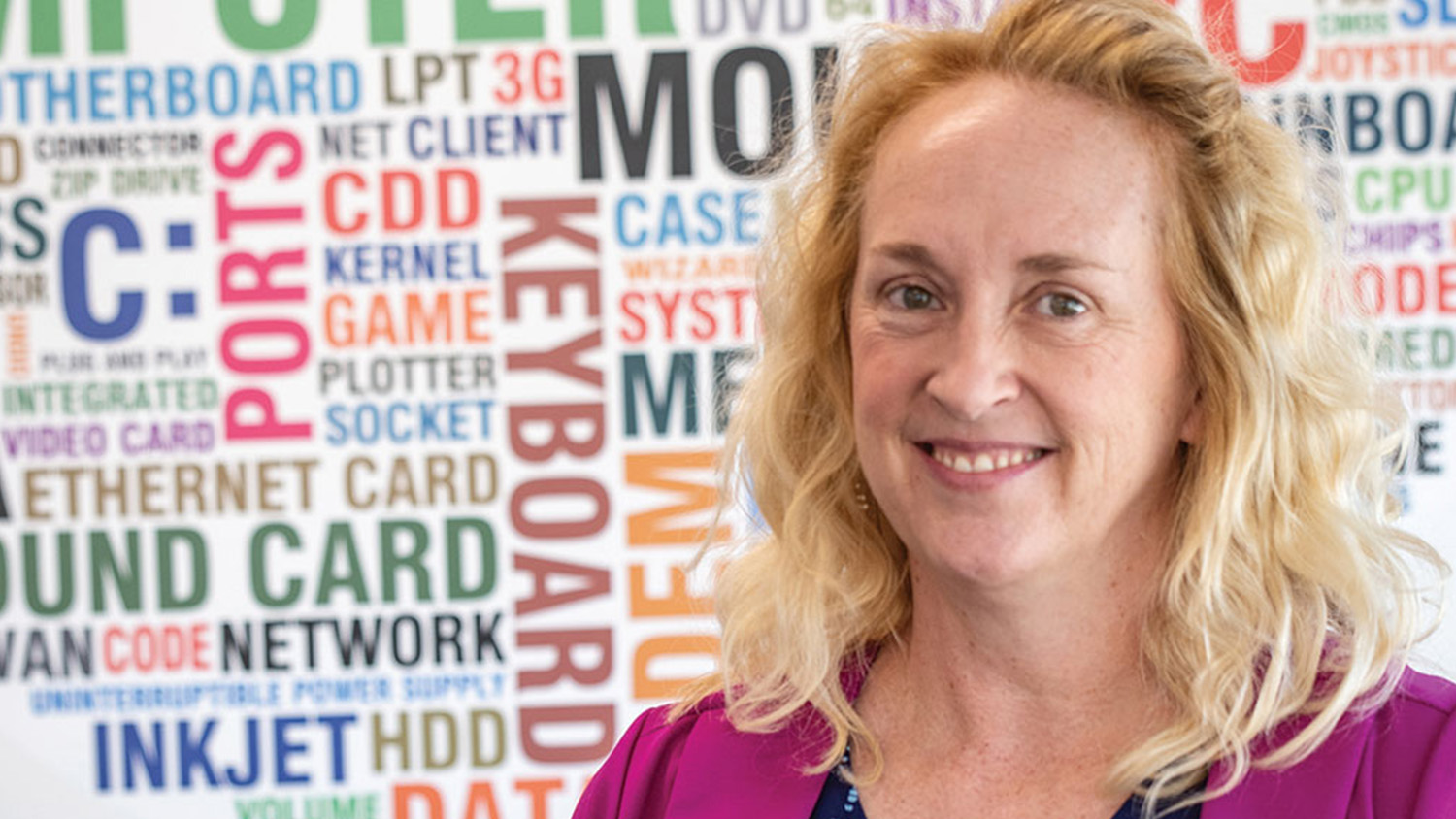Wildlife in Watercolor
The paintings of John Sill ’70 bring the natural world to young readers.
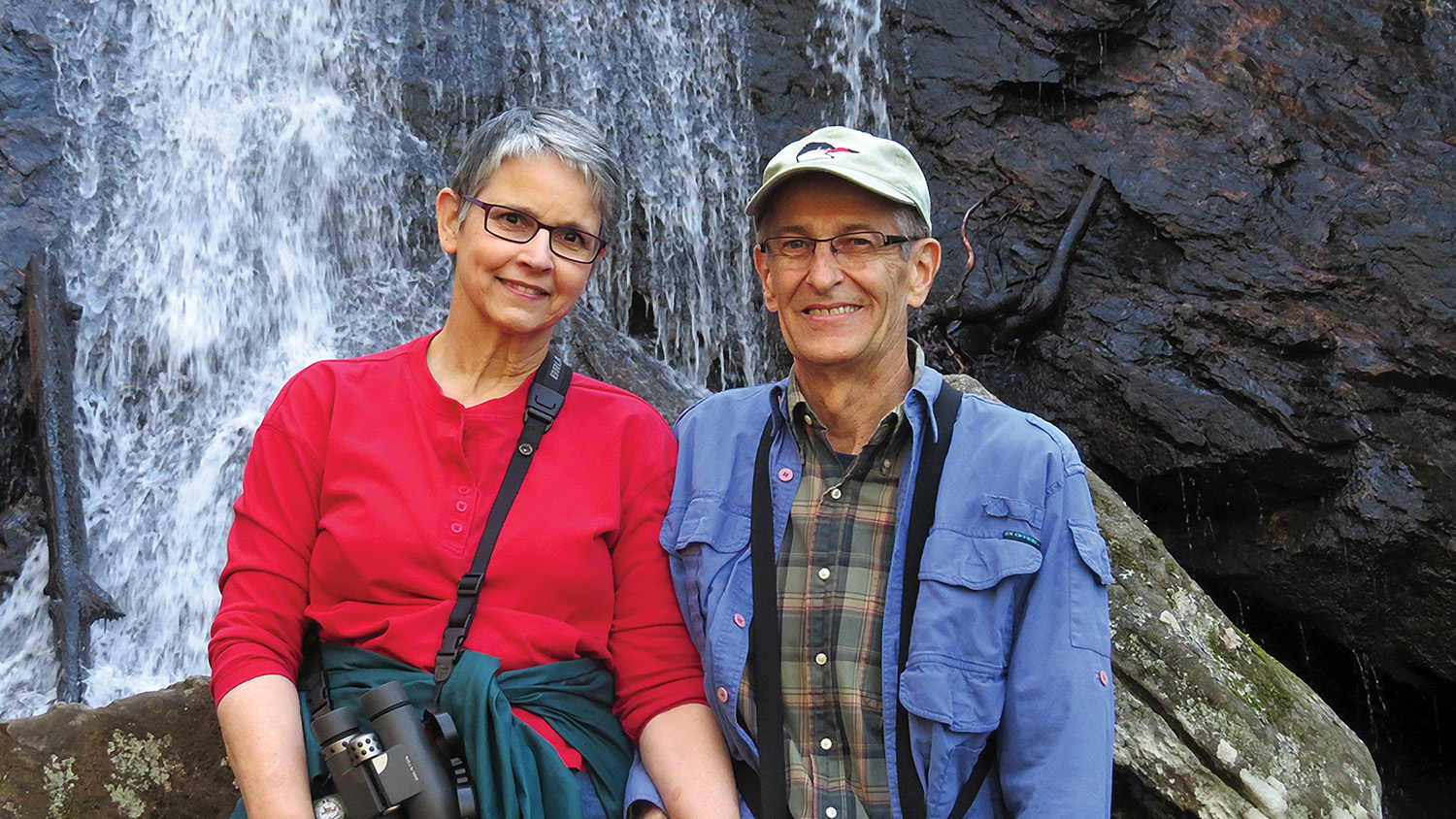
By Sarah Lindenfeld Hall
Flip through About Habitats: Coral Reefs, the most recent in a series of award-winning nonfiction picture books, and readers will see the watercolor paintings of wildlife artist John Sill ’70. The subject of the book is colorful coral reefs from across the globe, but the earliest inspirations for his career began in his aunts’ backyard in St. Pauls, N.C. There, Sill spent long days as a boy exploring. “It was a small piece of habitat,” he says, “but it seemed pretty big to us.”
Art was mostly a hobby until Sill graduated from NC State, where he majored in wildlife biology. He couldn’t find a job in the field in Franklin, N.C., where his father, also a talented watercolor artist, had opened a gallery. But, as it turns out, the younger Sill’s specialty was what art collectors wanted. The nation was discovering wildlife art, Sill says. “It was like I was on this wave,” he says.
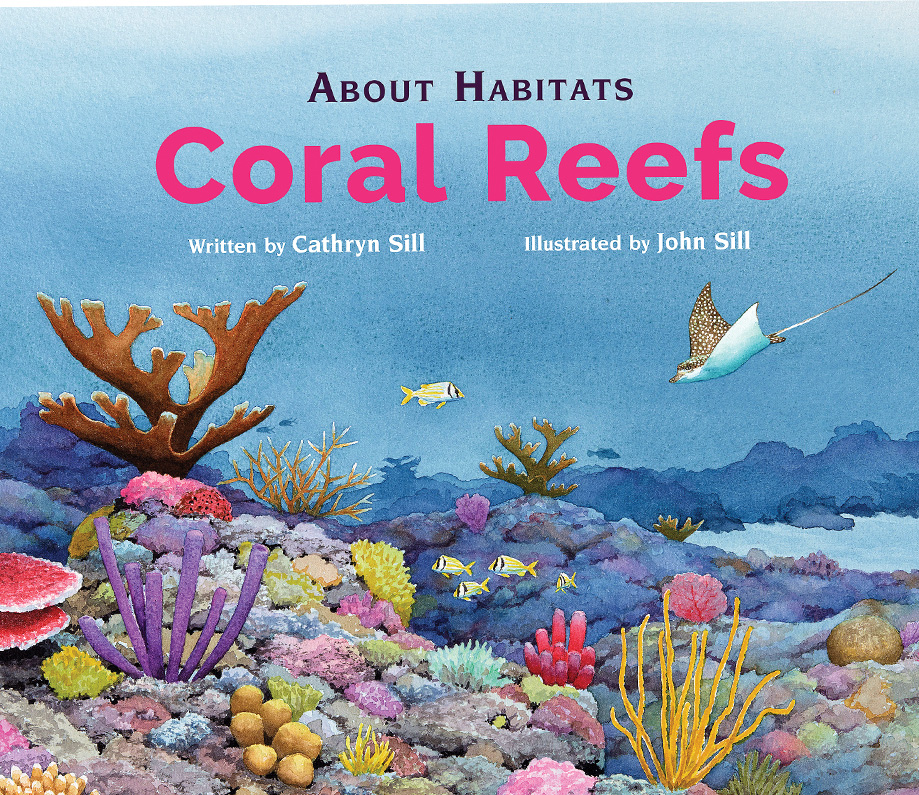
The Massachusetts Audubon Society and other publishers came calling, seeking out his illustrations for calendars and field guides. The collection of more than two dozen children’s books began in the 1990s, thanks to his wife, Cathryn Sill. She was a longtime kindergarten teacher who was frustrated she couldn’t find picture books with realistic illustrations of birds. So she wrote one — with birds as the subject of the first book — and had her husband illustrate it. The latest book, About Habitats: Coral Reefs, will come out in July.
The accurate portrayal of the natural world has long been Sill’s calling card — an ability that he credits, in part, to his NC State education. “What they gave me was such a broad base of biological knowledge,” says Sill, 76, who still lives in Franklin.
“The sooner a child can learn to appreciate what’s around them, the better our Earth is going to be.”
—John Sill ’70
That expertise has led him to donate some of his work to support conservation organizations. But the books he and his wife have created, some translated into Spanish and Korean, may have the longest lasting impact, especially if the lessons stick with young readers. “The sooner a child can learn to appreciate what’s around them,” he says, “the better our Earth is going to be.”
